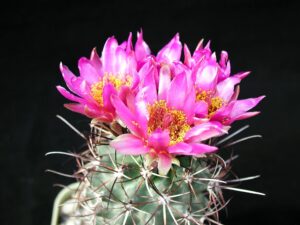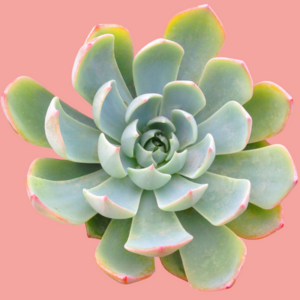As summer approaches, many cactus enthusiasts ponder a critical question: how often should I water my cactus during the sweltering months? Understanding the watering needs of cacti is a fascinating journey that intertwines botanical science with the art of cultivation. Cacti, with their exquisite diversity and hardy nature, have adapted to thrive in some of the harshest environments on Earth. However, even these resilient plants require attention, especially when temperatures rise.
During the summer, your cacti enter a vibrant phase of active growth, necessitating mindful watering strategies. In this guide, we will explore the optimal watering schedule suited for these succulent wonders, ensuring they flourish under the sun’s piercing rays.
Recognizing the Natural Habitat of Cacti
To grasp the watering needs of cacti, one must first appreciate their natural habitat. Most cacti originate from arid environments where rainfall is infrequent but often torrential when it occurs. These plants have evolved intricate systems to store water effectively, enabling them to endure prolonged droughts. Thus, the key to successful cactus care lies in mimicking these natural conditions as closely as possible.
Understanding the implications of their native environments allows for a more nuanced approach to watering. It is important to remember that while cacti can withstand drought, they do require a certain amount of moisture during their active growing season, which typically peaks in the summer months.
Frequency of Watering: The Right Balance
One of the most critical aspects of caring for cacti during summer is determining how often to water. As a general guideline, most cacti will benefit from watering once every two to three weeks in the summer. However, this frequency can vary depending on several factors, including the type of cactus, its size, and the environmental conditions.
For smaller, more delicate cacti, a lighter watering schedule is advisable. Frequent checks of the soil moisture can help determine the specific needs; if the soil feels dry several inches down, it is time to water. Larger cacti, on the other hand, may require more substantial hydration and could be watered weekly, especially during particularly hot spells.
The Right Watering Technique
While knowing when to water is essential, understanding how to water is equally crucial. Cacti are sensitive to overwatering, which can lead to root rot and other issues. To prevent this, it is best to implement a watering technique that allows the soil to dry out completely between waterings. This can be achieved by watering deeply but less frequently.
When watering, allow the water to soak thoroughly through the pot’s drainage holes. This ensures that all roots, particularly those deeper within the pot, receive adequate moisture. After watering, ensure that excess water is allowed to drain away completely; never let your cactus sit in standing water. This practice safeguards against the dreaded consequences of overwatering.
Signs of Watering Needs and Cautions
Understanding the signals your cactus sends can greatly enhance your watering strategy. During summer, if a cactus appears wrinkled or shriveled, it is signaling a need for water. Conversely, if the cactus is overly plump or mushy, this may indicate excessive watering, necessitating a period of drought to recover.
Additionally, be mindful of changes in temperature, humidity, and sunlight exposure. A sudden heatwave can increase the rate of evaporation from the soil, meaning more attention to hydration is necessary. On the flip side, a period of cloudy weather or rainfall—however rare—may mean that less frequent watering is warranted.
Utilizing Environmental Factors
Experience cultivators recognize the importance of adapting their watering schedules to environmental factors. For instance, if your cactus is situated outdoors during summer, it may need more frequent watering due to increased sunlight and heat exposure. Conversely, if moved indoors to escape extreme heat, watering frequency may decrease dramatically.
Temperature and humidity levels also play a vital role in determining the appropriate watering schedule. In regions with high humidity, cacti may require less water due to reduced evaporation rates. Therefore, assess both the physical environment and weather patterns to ensure optimal care.
Choosing the Right Soil and Potting Considerations
The medium in which your cactus resides profoundly impacts its watering needs. Using well-draining soil specifically formulated for succulents or cacti ensures that excess moisture is expelled quickly, preventing waterlogged roots. For potting, select containers with drainage holes to facilitate proper water flow and avoid stagnation.
Furthermore, consider the size of your pot. A larger pot holds more soil and can retain moisture longer, which can lead to a longer interval between waterings. A smaller pot, however, may dry out more quickly, requiring more frequent checks.
Concluding Thoughts on Cactus Care in Summer
Watering cacti during the hot summer months is both an art and a science. By observing their behavior and adjusting your techniques according to environmental factors, you can create an ideal balance for these enchanting plants. A carefully catered watering schedule, aligned with their natural growth patterns, enables your cacti to thrive and maintain their characteristic beauty throughout the season. The journey of nurturing these remarkable plants fosters undeniable fascination, as their resilience and adaptability remind us of nature’s ingenuity.





Leave a Comment